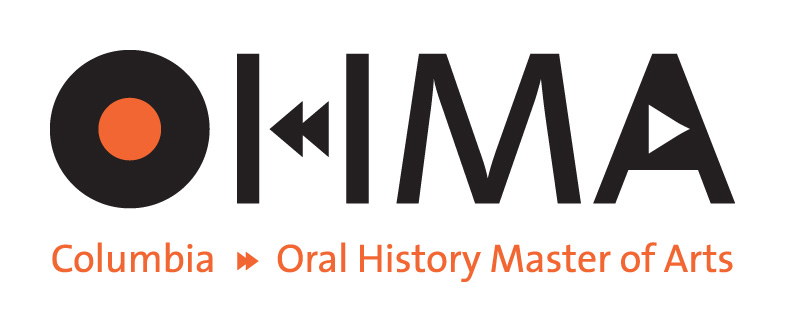On September 26th, Daniel Wolff, author of The Fight for Home: How (Parts of) New
Orleans Came Back and executive producer of the documentary “I’m Carolyn
Parker,” both about the rebuilding of New Orleans post-Katrina, spoke to the
OMHA students about the differences between using life histories in book form
versus documentary film. Both were released in 2012.
Daniel Wolff is the author of How Lincoln Learned to Read, a
Chicago Tribune Editor's Choice pick; 4th of July, Asbury Park, a New York
Times Book Review Editor's Choice pick; You Send Me: The Life and Times of Sam
Cooke, a national bestseller; and two volumes of poetry, among other books. His
writing has appeared in publications ranging from Vogue to Wooden Boat to
Education Weekly.
Wolff also served as executive producer of The Agronomist, a
2003 documentary directed by Jonathan Demme following the life of Jean
Dominique, who ran Haiti’s first independent radio station, Radio Haiti-Inter,
during multiple repressive regimes.
Although Wolff doesn’t necessarily consider himself an oral
historian, much of his work as a non-fiction writer has depended on the oral
histories of people involved with the subjects he writes about.
Wolff began the process of documenting New Orleans when he accompanied
Jonathan Demme about five months after Hurricane Katrina. As he helped with the
filming, he started learning more and more about the people trying to rebuild.
But it was Demme who convinced him to write the book.
Writing a book also allowed him to focus on many more of the
people he encountered through the time he spent in New Orleans than are
included in the film, as well as provide background and context to what he was
witnessing.
The role of providing background was one of the most
important ways he felt his book differed from the film. As an example, he
showed the same scene in three different formats.
First he played the opening scene of the documentary,
narrated by Jonathan Demme: http://www.youtube.com/watch?v=KdShyOYVx_M
Then he read the section of the book where he introduces
readers to Carolyn Parker:
The light’s starting to orange toward
sunset. It strikes the panes of the twin fanlights. Out one door comes a broad
woman with a yellow kerchief covering her hair. “I’m Carolyn…That’s Father Joe
Champion, our parish priest.”
Carolyn’s wide short frame nearly
fills the door. She’s brown-skinned with a broad nose, almond-shaped eyes, and
a welcoming smile. There’s a touch of the troublemaker in the way she turns the
priest’s name into Champion. She’s wearing blue jeans and a white T-shirt with
SAVE THE TIGER printed on the front. When she walks, it’s with an awkward roll,
as if something hurts. But the smile is overwhelming. She invites the little
crowd on the street to come in.
It’s dark in her house, and there
are few walls. The rooms are separated by blue tarp. “This is my brother
Raymond. Who’s enjoying himself.” A gray-haired black man is sitting on the
edge of a cot, watching TV and eating. Later, Carolyn will explain how she
hadn’t seen her brother for ten years when she found him in the crowds of the
Superdome. “He’s eating my famous fired fish. And that’s my daughter, Kyrah.”
Kyrah is sitting on a bed in the
other half of the double shotgun. She’s watching her own TV. Kyrah looks to be
in her late teens with pulled-back short hair, her mother’s almond eyes, and a
bright smile. Father Joe givers her a hug and asks when she got in. “Last
week,” she says. Her freshman year at New York’s Syracuse University has just
ended.
A neighbor appears from down the
block. It’s becoming a small, noisy party.
[…]
“Come see,” she says, inviting her
guests to tour her home.
A shotgun is typically one room wide
and two or three deep: a long, narrow rectangle you could supposedly fire a
shotgun straight through. Carolyn’s double is two of these under one peaked
roof, with a wall down the middle. She thinks it was built in the mid-nineteenth
century; it’s on an 1875 map as part of a truck farm.
And then finally, he played the raw footage from the moment
that he and Jonathan Demme met Carolyn Parker. Through showing these different
versions of the same moment, Wolff was able to make apparent some of the key differences
between documentary film and documentary writing, particularly the ability to
include background.
For Wolff, being able to provide context to his readers is
an important part of the writing process. He is able to shape how the readers
view certain moments and events. However, he acknowledges the challenges of
objectivity that this can create:

